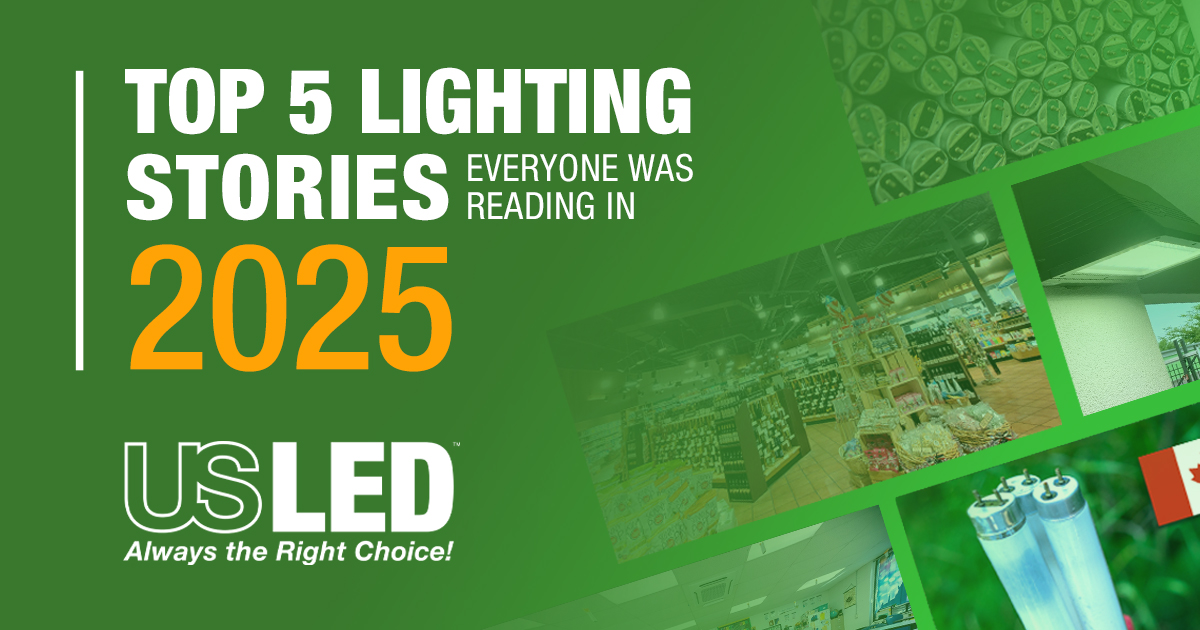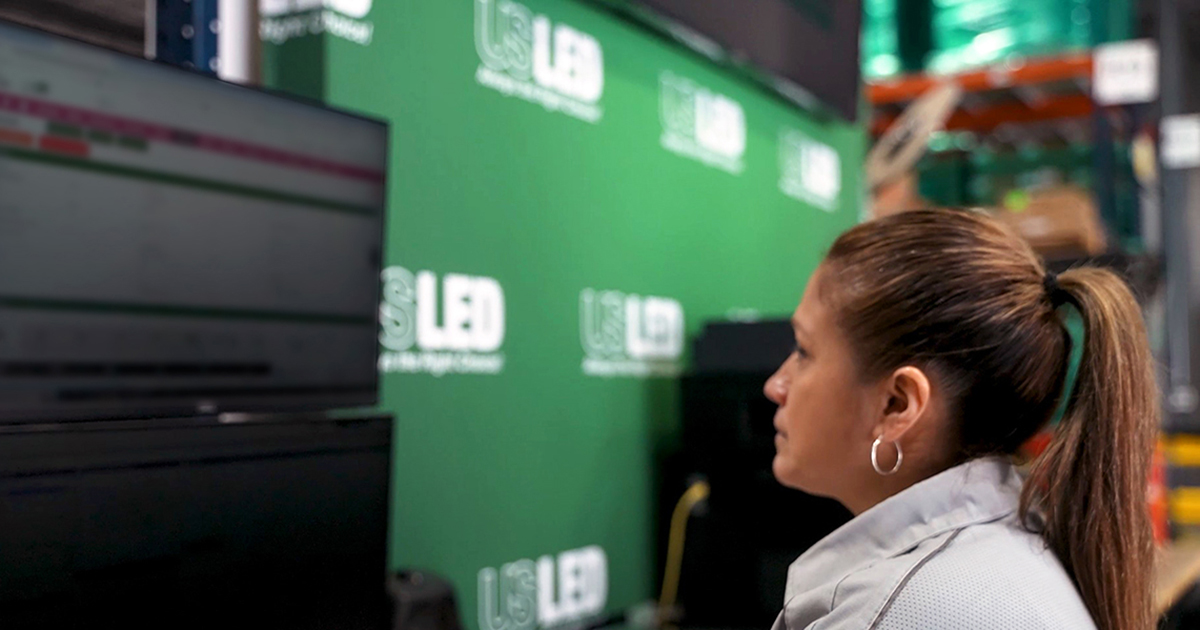
Since its inception, World Environment Day has promoted global awareness and action to safeguard the environment. Discover the significant impact of innovative LED lighting solutions in achieving this goal.
World Environment Day, observed annually on June 5th, is a global event organized by the United Nations to encourage worldwide awareness and action for protecting the environment. Since its inception in 1973, this day has become a vital platform for promoting environmental stewardship and advocating for sustainable practices.
Celebrating World Environment Day, we must recognize the advancements contributing to a healthier and more sustainable planet, such as renewable energy, waste management systems, and energy-efficient technologies. One of the most impactful innovations in recent decades is LED lighting, and it has revolutionized how we illuminate where we live, work, and the places we visit. Here are some impactful ways that LED lighting contributes to a better environment.
Energy Efficiency
LED lighting is incredibly energy-efficient compared to traditional incandescent and fluorescent technologies. LEDs convert about 95% of their energy into light, with only 5% wasted as heat. This efficiency means that LED lighting uses significantly less electricity, reducing the overall demand on power plants and lowering greenhouse gas emissions.
Longer Lifespan
LED lighting has a much longer lifespan than traditional lighting options. In the case of US LED lighting, solutions approach or exceed 200,000 hours or more (L70). This extended lifespan means fewer replacements, less waste, and less environmental impact.
Reduced Carbon Footprint
LED lighting's energy efficiency and long lifespan contribute to a reduced carbon footprint. Lower energy consumption reduces a property's equivalent greenhouse gas (GHG) emissions or CO2 equivalent. Organizations prioritizing sustainability are lowering their carbon footprint with LED lighting and reducing GHG to impact the environment positively.
Lower Toxicity
Unlike fluorescent lights containing harmful mercury, LED lighting is free from toxic elements. LEDs are safer to use and easier to dispose of, reducing the risk of environmental contamination and health hazards associated with mercury exposure. This toxicity is a critical reason for states passing clean lighting legislation, which regulates the use of lighting technologies to reduce their environmental impact. These legislations effectively phase out fluorescent lighting and promote the adoption of safer and more energy-efficient LED lighting.
Recyclability
LED lighting components are more easily recyclable compared to traditional bulbs. The materials used in LED lights, such as metals and plastics, can be recycled and reused, further minimizing their environmental impact. Proper recycling of LED lighting reduces waste and conserves valuable resources.
Reduced Light Pollution
LED lighting can be designed to direct light precisely where it is needed, reducing light pollution. Light pollution refers to the excessive or misdirected artificial light produced by human activities, which can disrupt ecosystems, affect human health, and waste energy. This capability is critical in urban areas where excessive artificial light can disrupt ecosystems and affect human health. By minimizing light pollution, LED lighting helps protect nocturnal wildlife and promotes a better circadian rhythm for people.
Improved Air Quality
Since LED lighting uses less energy, it reduces the electricity demand generated from fossil fuels, a significant source of air pollution. By lowering energy consumption, LEDs help decrease sulfur dioxide, nitrogen oxides, and particulate matter emissions, improving air quality and public health.
Cost-Effectiveness
While the initial cost of LED lighting can be higher than traditional lighting options, the long-term savings are significant. LEDs' reduced energy consumption and longer lifespan result in lower electricity bills and maintenance costs. These substantial savings make LED lighting not just an environmentally friendly choice but also an economically viable one. This cost-effectiveness should motivate businesses and policymakers to consider LED lighting a sustainable solution, encouraging widespread adoption and further environmental benefits.
Versatility and Innovation
LED lighting offers unparalleled versatility and opportunities for innovation. LEDs are available in various colors and are easily integrated into intelligent lighting systems. This versatility allows creative lighting solutions that enhance energy efficiency and user experience. The innovative applications of LED lighting, such as in agriculture and healthcare, demonstrate its potential to meet our lighting needs and contribute to a sustainable future. This potential for creativity and sustainability should inspire us to consider LED lighting as a game-changer in our mission to safeguard the environment and advance sustainability.
Benefits of LED Lighting
LED lighting is a game-changer in our mission to safeguard the environment and advance sustainability. By adopting LED lighting, energy consumption can be slashed, greenhouse gas emissions decreased, and environmental risks mitigated. On World Environment Day, partner with US LED to champion the bright future LED lighting offers our planet.










